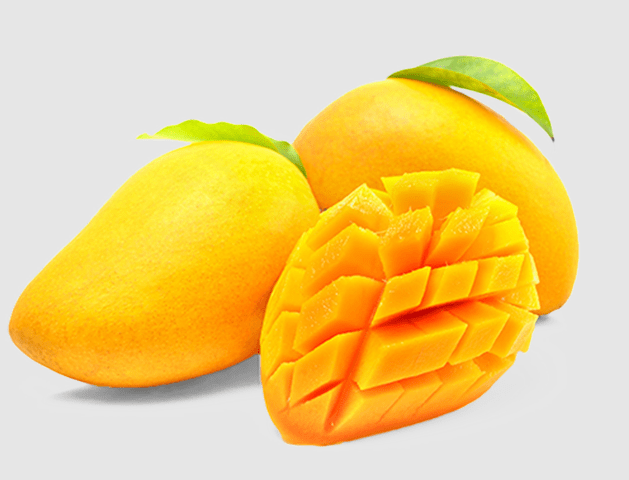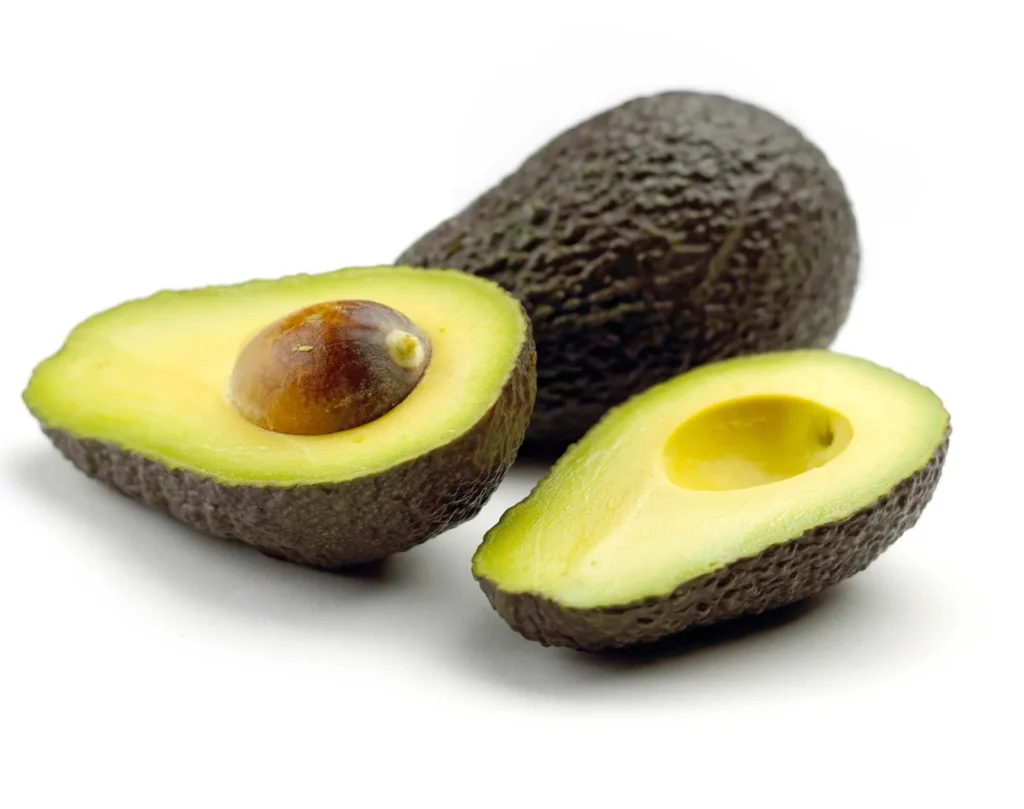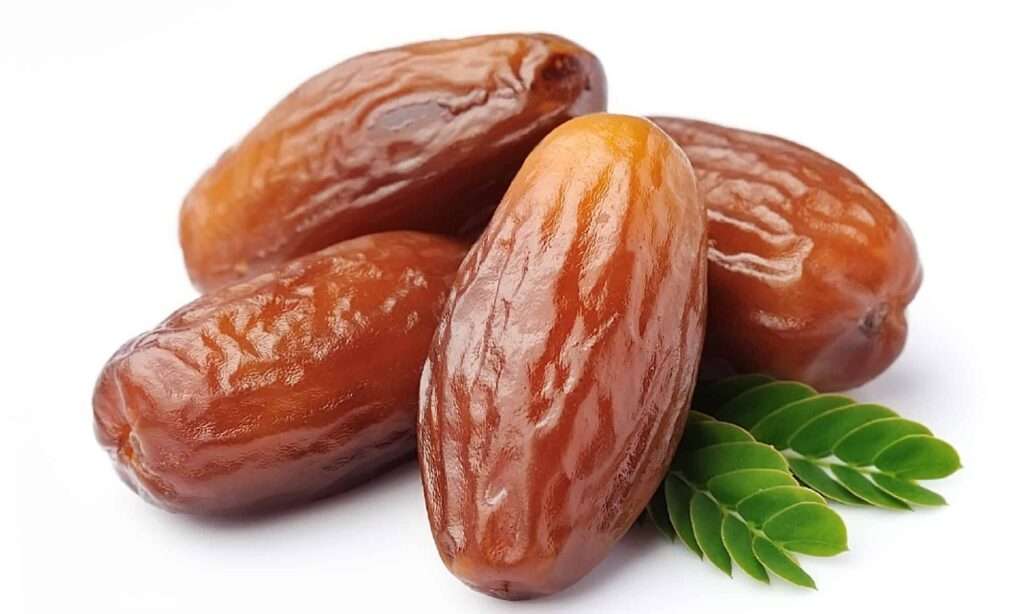
Description
The mango, or Mangifera indica, belongs to the Anacardiaceae family, which also includes cashews. The fruit comes in a broad variety of personalities and forms. It might be long and slender, oval, round, heart-shaped, kidney-shaped, or any combination of those. The smallest mangoes are only slightly larger than plums, while others can weigh up to 4 to 5 pounds and measure 1.8 to 2.3 kg. Some varieties have a bland green colouring, while others have vibrant red and yellow tones. The flattened, juicy, yellow to orange flesh enclosing the single, large seed has a distinctive sweet-spicy flavour.
Varieties
There are 350 types of mango grown commercially globally, while the precise number of variants is unknown. There are at least 500 and possibly 1,000. Dusheri, Langra, Alphonso, Gangian Sandhuri (GN-19), and Other States are a few of these. Variety comprises:
Hybrids: Sindhu, Arka Arjun, Manjeera, Arka Puneet, Mallika, Amrapali, Arka Amrapali, and Arka Anmol.
Alphonso, Himsagar, Dashahari, Kesar, Neelum, Bombay Green, and Chausa are some of the varieties.

Uses
A mere 1% to 2% of mango production is processed to create goods like juices, nectars, concentrates, jams, jelly powders, fruit bars, flakes, and dried fruits. The bulk of mango production is consumed fresh.
Nutrition
A raw mango has very little fat, 15% carbs, 15% carbohydrates, and 84% water (table). A serving size of 100 g (3.5 oz) of raw mango has 250 kJ (60 calories). Only vitamin C and folate are present in fresh mango in considerable concentrations, accounting for 44% and 11% of the Daily Value, respectively.
Cultivation
The mango doesn’t need a particular type of soil. Anthracnose is a hard-to-control fungus disease that destroys young fruits and blossoms in wet climates. There are two ways to reproduce: budding and grafting.
Apply sparingly and frequently to young plants. In comparison to flood irrigation, light irrigation consistently produces the best outcomes. Apply irrigation every 5-7 days in the summer, but gradually increase it to every 25–30 days in the winter. Apply irrigation during the rainy season based on the intensity of the rain.
Table





